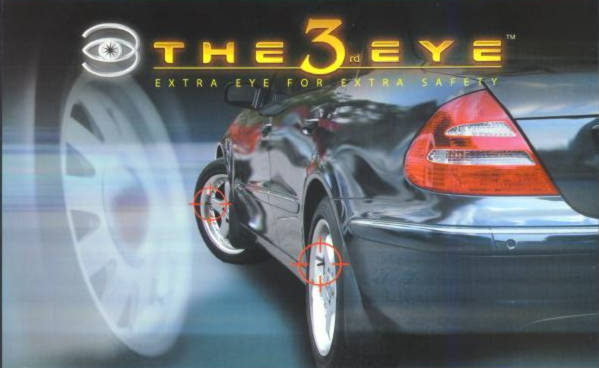|
YOU ONLY HAVE ONE LIFE,
TIRE PRESSURE MONITORING IS ESSENTIAL
Though
important, only few drivers nowaday has a habit of
monitoring their tire inflation pressure. Understandablely, most
drivers do not
like to bent their waist, lower their head and dirty their hands. They
are ignoring the fact that tire inflation drop by 1 to 3 psi naturally
every month.
There are many dangers to having under inflated
tires, because they are designed for use at their recommended pressure.
Under inflation can lead to increased deformation in the tire wall as
it concentrates the load upon the tread shoulders, this reduces the
amount of surface contact the tire has with the road. This can have
many consequences.
- Increased wear of the tires treads which will
lead to a higher chance of aquaplaning in the wet.
- Reduced handling characteristics and a reduced
control of the vehicle.
- Longer stopping distances.
- Higher chance of the tire delaminating, which
could lead to a sudden tire failure.
According to
the analysis by National Highway Traffic Safety
Administration (NHTSA) of USA,
85% of the tire damage is caused by natural or slow air leak. If all
the cars
in US is equiped with tire pressure alarm, they estimate the number of
death caused by road accident can be reduce by at least 79
persons, and injury can be reduced by about 10,000 persons.
In
the wake of tire safety concerns, the US Congress passed the TREAD Act
(Transportation Recall Enhancement, Accountability and Documentation)
in November 2000. The TREAD Act, among other things, required
that the US National Highway Traffic Safety Administration (NHTSA)
develop some rules and regulations that require all light vehicles sold
after 1 September 2007 must have TPMSs fitted as standard
equipment. The TREAD Act also requires that TPMSs must be
capable of warning drivers if a tire is significantly under-inflated.
Today, all premium car sold in Hong Kong is already fitted with tire
pressure monitoring system (TPMS).
In
April 2005, the NHTSA released their final rule, requiring
manufacturers to install a four-tire TPMS that is capable of detecting
when a tire is 'more than 25% under-inflated' and warn the driver. However, the alarm is too late
for slow air leak. Also, there is no indication of which tire
is under-inflated. Such simple TPMS easily misleads the driver to think
they are safe, and they don't check the tire pressure anymore.
|

